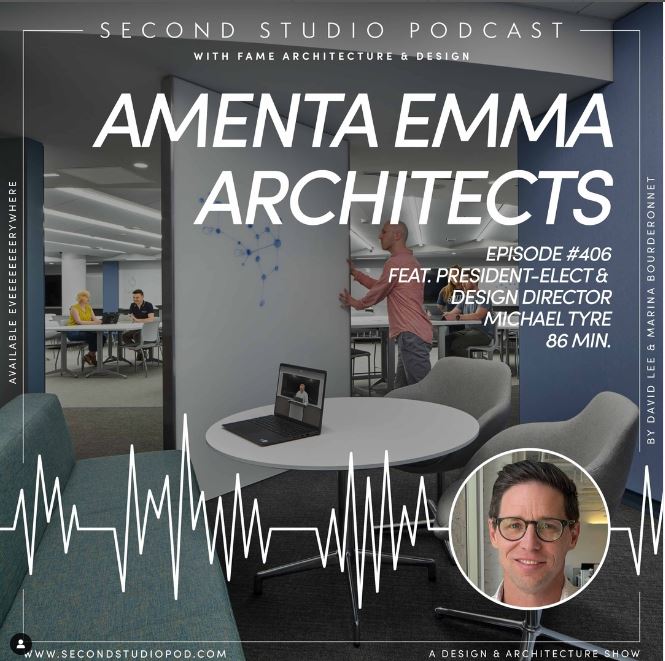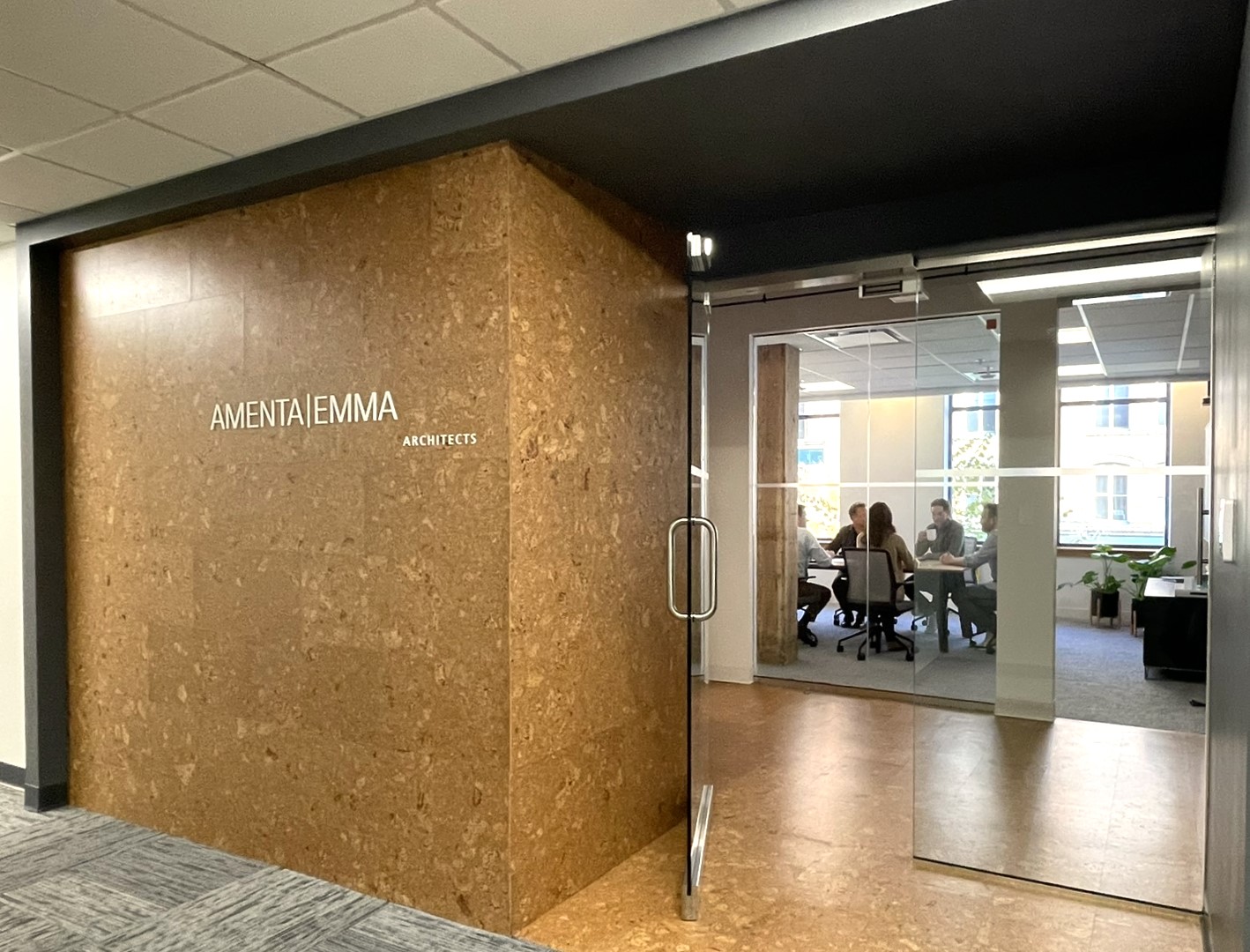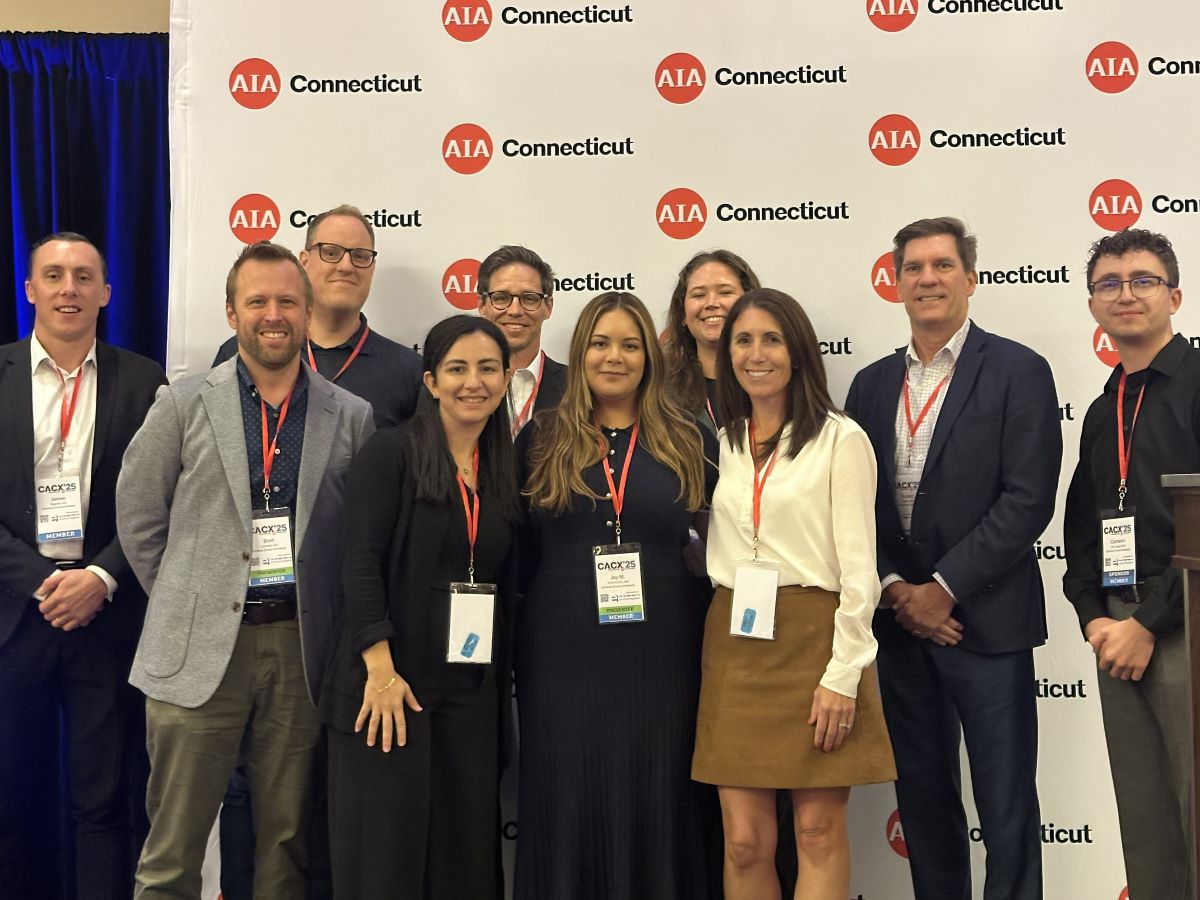Amenta Emma President-Elect and Director of Design, Michael Tyre, was recently invited onto The Second Studio podcast to discuss the impact that architecture and design can have on neuro-diverse populations. During the in-depth conversation with hosts David Lee and Marina Bourderonnet, Michael drew on his experience designing the Young Classroom at Smith College to explain how the firm has been exploring the way spaces, specifically classroom and workplace environments, can be designed to better include those whose brains process information differently. Tyre also shared how considering the neurodiverse population has impacted his approach to architecture as a whole. Here are a few key excerpts:
On true inclusivity:
“We’re kind of conditioned to design for the average. And what we’re now starting to talk about is considering the extremes as well. But you don’t want to just design for those, because then I think it reinforces this almost segregation model. Like, there’s a class for these over here, and for you, you got to go over here. That’s really not inclusive. In my opinion, we need these spaces to operate for a range, whether you’re neurotypical or neurodivergent, and I think that’s where we’re striking the balance.”
On co-creation:
“I think there’s collaborative, and then there’s the notion of co-creation, right, where you come into a project knowing we are all going to share in how this turns out in a substantial way. Not, like, I’m the one because I have some unique ability to craft this thing. Yes, I have a set of skills that allow me to translate certain things into built form and communicate them and all of that, but that’s a long way from the architect in the ivory tower and, you know, the singular, uncompromising vision.”
On big impacts from small changes:
“There are simple, low-hanging fruit to provide choices for these students? Can they get up and move around? Can you give them some space to do that? Do they have different seats to choose from? It doesn’t all have to be, you know, we’re inventing this utopian vision of a super-inclusive school. There are just some basic universal principles around mitigating distraction and promoting choice that will help these students.”
Listen to, or watch, the entire interview here.






